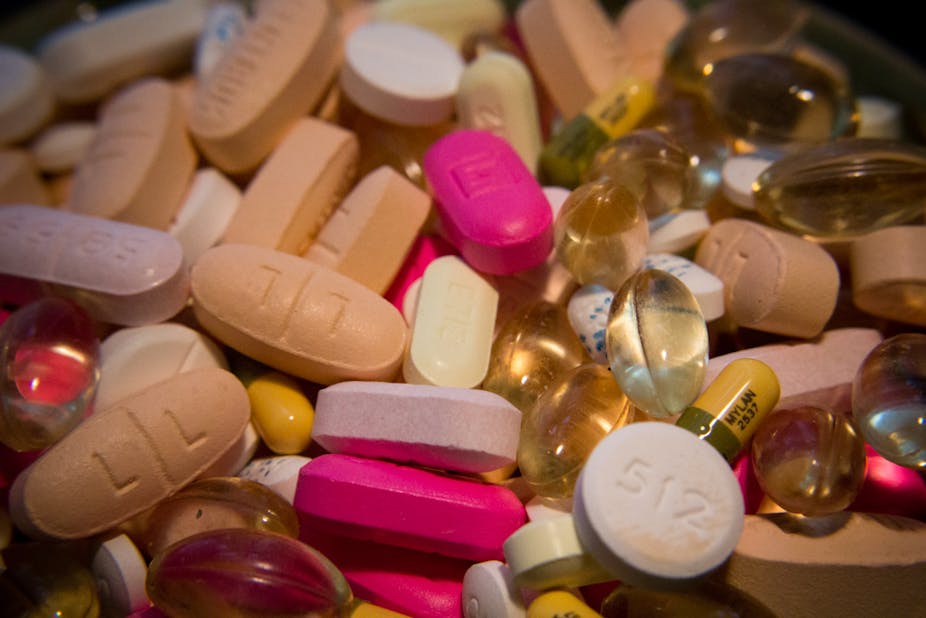New Psychoactive Substances have repeatedly been labelled the latest “major challenge” facing those who work in drugs policy. Now, there is new legislation dealing with these so-called “legal highs”; the plethora of substances that mimic the effects of illegal drugs like MDMA and cannabis. The government’s proposed Psychoactive Substances Bill has been making its way through parliament, and is now under debate in the House of Lords.
New Psychoactive Substances (NPS) have been gaining attention around the globe over the last 10 years, partly because of their potential to be bought, sold and distributed over the internet. These substances have exposed a crucial flaw in existing drug legislation: namely, that it is generally reactive in its response to new drugs.
Cat and mouse
Whenever a new substance is developed, marketed and gains in popularity, it comes to the attention of the authorities and is eventually added to the list of controlled substances. But once a substance has been banned, drug developers can simply make minor tweaks to its chemical structure to create new substances. This locks the government into a cycle of “cat and mouse”-style policy-making.
Governments around the world have sought new ways to limit the use of NPS, but the UK’s proposed “blanket ban” is undoubtedly the most stringent approach. If passed, the Psychoactive Substances Bill will ban the production, distribution, sale and supply, and possession with intent to supply of all psychoactive substances, except for those alcohols, foods and medicines which have been listed as exempt.
There are three main premises behind this move: a large number of people are using NPS, implementing such a ban will reduce the number of users, and this in turn will lead to a reduction in overall harm. The only problem is, a closer examination of these claims shows that they are not generally supported by existing research and evidence.
Where’s the evidence?
Despite media hype, the number of people using NPS is generally quite low. Out of over 500 new substances that have been reported to the European Monitoring Centre, only a handful have gained any enduring popularity; namely, mephedrone (or “meow meow”), BZP and synthetic cannabinoids.
Although there is limited evidence on the numbers of NPS users, one widely cited survey suggests that around 8% of young people (among whom prevalence is likely to be the highest) in the UK have ever used a new psychoactive substance. In comparison, about 35% of adults in the UK have tried an illegal drug at some point in their lives.

The government may argue that a “blanket ban” prohibiting NPS will still reduce the overall numbers of users. But this seems more optimistic than realistic, in a world that is increasingly recognising that more than 40 years of strict prohibition has not noticeably reduced the overall use of any particular illegal drug.
Again, there is only limited research on the ability of policy to prevent or disrupt use of NPS. But one study shows that while mephedrone was legal in the UK it was the 11th most popular lifetime drug among clubbers. Once it was banned, it moved up to become the 4th most popular.
Swings and roundabouts
And even if the UK goverment’s new brand of prohibition were to have unprecedented success in reducing the overall number of users of NPS, it doesn’t necessarily follow that it would reduce harm. In fact, “blanket bans” like the one proposed by the UK government may increase overall harm.
Thriving existing markets for illegal drugs – including dark web-based cryptomarkets – provide a natural arena for the sale of newly-banned substances. Markets such as these increase harm due to the involvement of organised criminals. Meanwhile, the lack of regulation in these markets increases the price and decreases the quality and purity of the drugs sold on them.
Driving the market for NPS underground will also make it more difficult for potential users to gain reliable information about sensible dosages and likely effects of the substances they are going to take anyway. It will make it harder for experts to gather evidence about the risks associated with the use of these substances, and is likely to have a negative affect on those who want to use these substances for legitimate research purposes.
And there is still the potential for “blanket bans” to push people towards the other, potentially more harmful substances that are still available through legitimate outlets, such as solvents and paints.
So, the UK’s stringent Psychoactive Substances Bill is being introduced in an area where levels of use are relatively low, is based on the false assumption that a stricter policy will result in lower numbers of drugs users, and may actually increase the overall harm caused by these substances. Not British drug policy’s finest hour.

